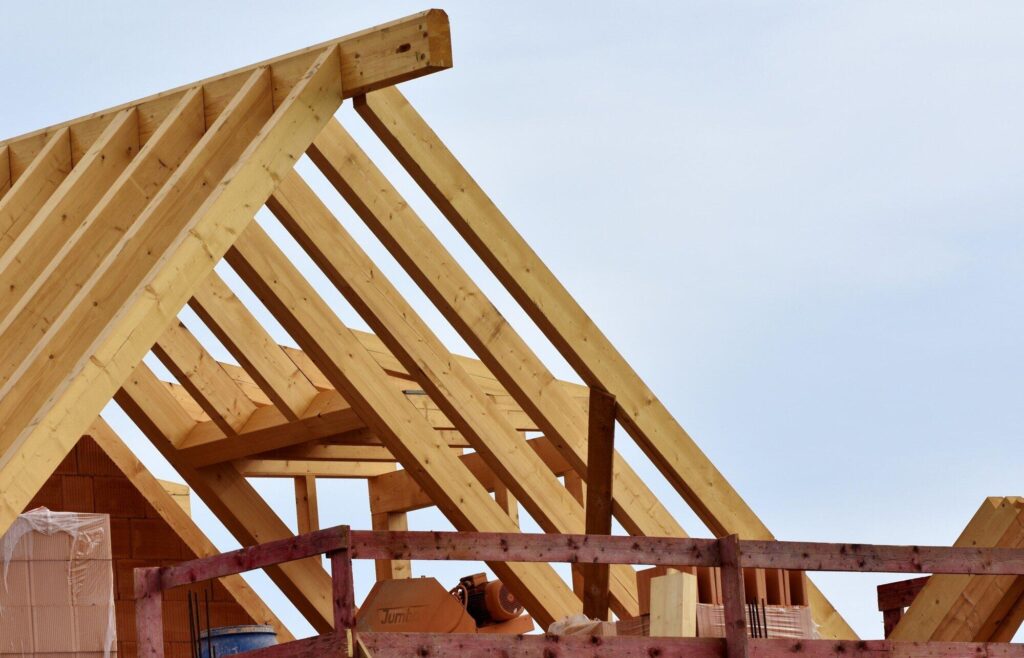Many homeowners focus on how their homes look and feel, but not everyone pays attention to what lies beneath the surface. Building materials can sometimes contain harmful substances that pose health risks.
Over time, these hidden hazards may affect the air you breathe and your overall well-being. Learning how to identify and address these dangers is essential for keeping your living space safe.
Check for Asbestos in Older Homes
Homes built before the 1980s often used materials that contained asbestos. This substance was once popular for its heat resistance and durability, but it can be very harmful when disturbed. Asbestos fibers can become airborne and cause serious lung issues when inhaled.
Common places to find asbestos include ceiling tiles, insulation, flooring, and roofing materials. If you suspect your home may have asbestos, never try to remove it yourself. Instead, get professional asbestos testing in Orlando to ensure your home is safe and handled properly.
Look for Lead-Based Paint
Lead paint is another common hazard, especially in homes built before 1978. When this paint begins to chip or peel, it can release toxic dust and particles into the air. Lead exposure is especially dangerous for children, as it can affect brain development and cause other health problems.
To check for lead, use a lead test kit or hire a certified inspector. If lead paint is found, do not sand or scrape it. Professional removal or encapsulation is the safest approach.
Identify Mold and Moisture Problems
Moisture is a major factor that leads to mold growth. Mold can grow on walls, ceilings, and floors where there is water damage or high humidity. Some molds release spores that can cause respiratory issues, allergic reactions, and other health concerns.
Look for signs such as musty smells, dark spots, or peeling paint. Fix leaks and use dehumidifiers to control humidity levels. If mold covers a large area, consider hiring a professional to clean and treat the affected space.
Watch Out for Volatile Organic Compounds (VOCs)
Volatile Organic Compounds, or VOCs, are chemicals that can be found in paints, adhesives, carpets, and cleaning products. These compounds can release fumes into the air, leading to headaches, dizziness, and breathing problems.
To reduce VOC exposure, choose low-VOC or zero-VOC products when renovating or decorating. Ensure proper ventilation during and after using products that contain chemicals. Opening windows and using air purifiers can also help keep your indoor air clean.
Inspect for Formaldehyde in Furniture and Cabinets
Formaldehyde is another hidden hazard that can be found in many household materials. It is often used in pressed wood products, such as particleboard, plywood, and fiberboard.
When these materials age, they can release formaldehyde gas into the air, causing eye irritation and respiratory discomfort. Check product labels for safety certifications that indicate low formaldehyde emissions. If possible, air out new furniture or cabinetry before placing it indoors.
All About Identifying Hidden Hazards in Your Home
Keeping your home safe goes beyond regular cleaning and maintenance. Hidden hazards in building materials can quietly impact your health over time. By being aware of asbestos, lead, mold, VOCs, and formaldehyde, you can take the right steps to identify and manage these risks.
Always seek professional help when dealing with potentially dangerous materials. Taking these precautions will help you create a healthier, safer living environment for you and your family.
Looking for more tips and ideas? We’ve got you covered. Check out some of our other posts now.






